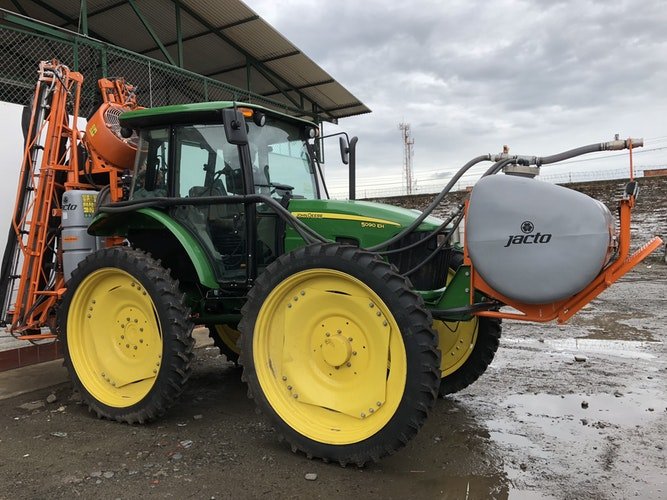Negotiating a deal in your favor is indeed an art. Some people love to do it, and some hate the process of haggling. It depends who you are, are you the “dominating” party or you’re getting dominated? It’s a psychological game where both of the parties want to win, but only the dominating one smile at the end. And when it comes to buying a used jeep or car, the same rules apply here too. Here re a few tips for you so that you can get the best possible car deal:
Here are Buying a Used Car, Few Negotiating tips, you can use:
1. Do not negotiate at all:
Seems a bit confusing, right? Let me explain. If you are confident that the price you determined in your mind is not heavily undervalued, you can politely decline the price that the seller has asked by putting your price on the table. Simply tell the seller that you would be buying the car only at your price. It’s a psychological tactic that works most of the time. Every seller has a price range of minimum and maximum, and obviously, they offer you the maximum at first. However, if your price falls within the seller’s min-max range, you can expect a call from him/her, and the actual negotiation would start from that point. If you get the call, you can be almost sure that you are now the dominating party and there’s a good possibility that you’ll be able to close the deal at the closest point of your proposed price.
2. It’s all about the timing:
Like every business, a car salesman also needs to fulfill his/her quota of sales or achieve a specific target every week or month. And like every business, they always hardly are able to make their sales goal until the last minute. So, if you can approach them at the right time, the game would be in your favor. Like, go to the salesman on the last day of the month, on a Saturday or Sunday evening just before they are closing and you’d be surprised to see how eager they are to close the deal. You’d have the upper hand in the deal at those timely moments, no doubt about it.
3. Research is your weapon, use it wisely:
If you’re in the used car market, I hope you already know exactly what type or which category of cars you want. First, make a list of cars which you’re interested in and research about those cars before you start visiting used car dealers. Get to know the pros and cons of those cars thoroughly. Google is your friend; you shall know everything you need to know about those cars from there. Once you have a good understanding, then you can start visiting the dealers. Show your interest only to those specific cars, and no matter how the salesman tries you to grab your attention to another or any other type of cars, just stick to your choice.
4. Stand on your feet firmly, but politely:
Salespersons are trained to judge a buyer very quickly by their attitude, and they usually judge very accurately. So, your best strategy should be to make them judge you as a knowledgeable buyer. Let them know that you know very well about your requirement and you have a fair idea of what that car should be worth. As it’s mentioned here already; research is your weapon. So, use that weapon here wisely. Listen to their price, and propose your own price, politely but firmly. Explain to them why you think that car is not worth more than what you suggested, and point out the pros and cons (mainly cons) to make your point. The more they understand that you’re a tough buyer to manipulate easily, the better deal you should arrive at.
If you bear the tips in your mind while buying a used car and do negotiate accordingly, you will get the best deal, guaranteed. And in case you’re looking for second-hand cars in Dubai or pre-owned cars in Sharjah, you should first look out for a good car dealership. Car switch is one of the preferred choices of car dealers in the region.
Read Also:






















